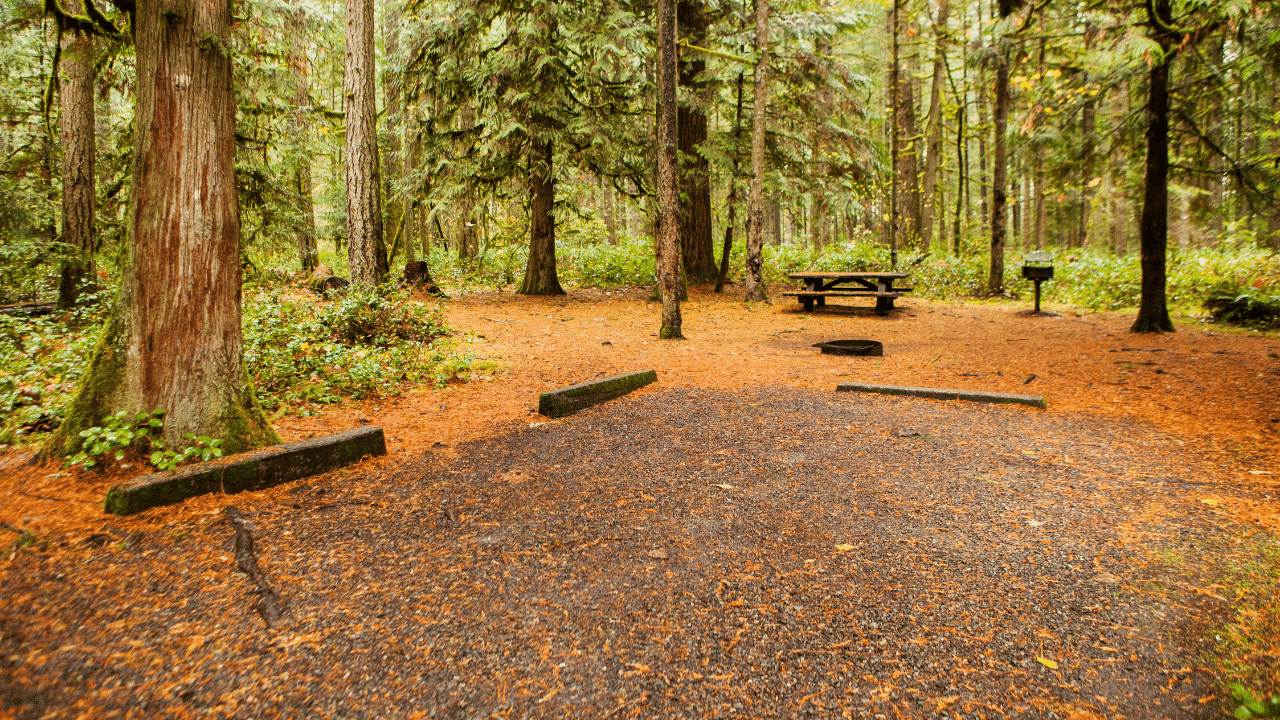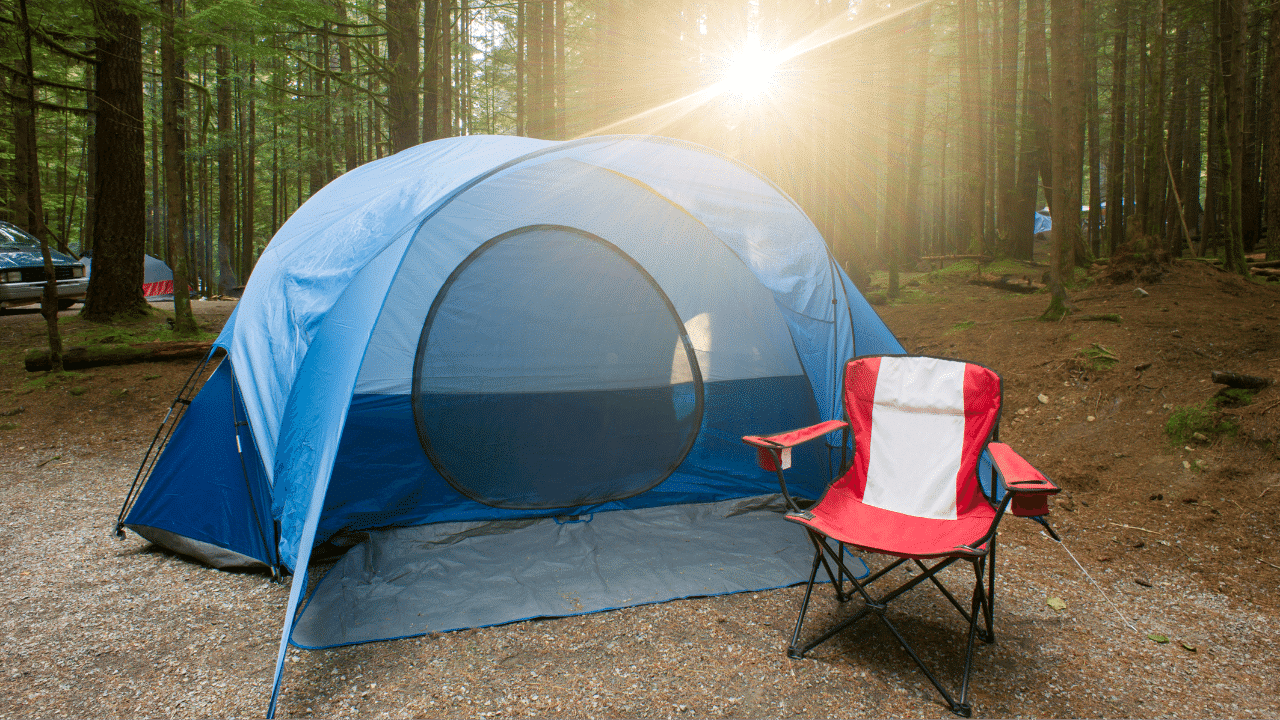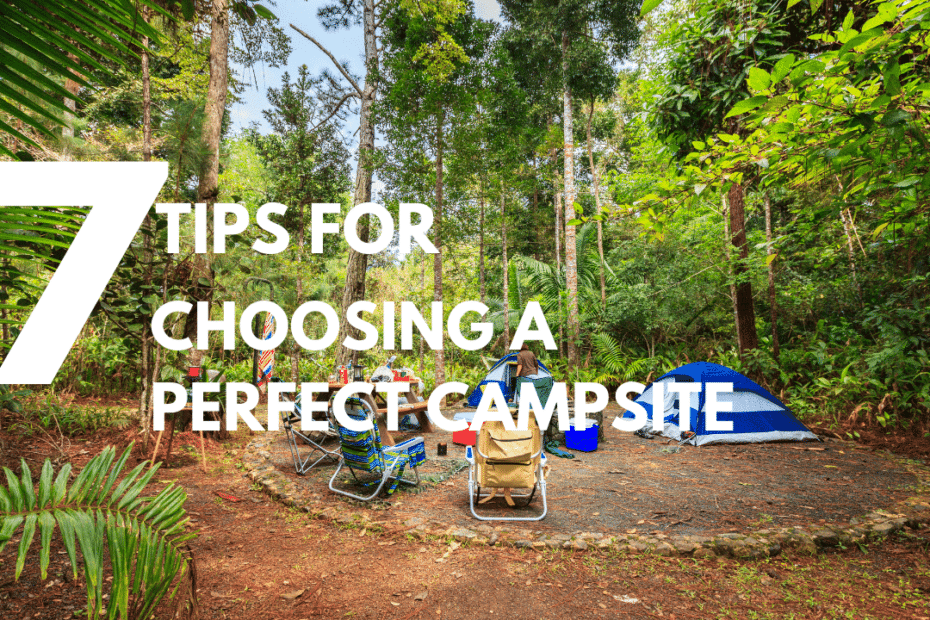Selecting the perfect campsite is a skill that can elevate your camping experience to new heights. Whether you’re a seasoned adventurer or a novice in the world of camping, finding the right spot is crucial for a comfortable and enjoyable outdoor getaway. In this comprehensive guide, we will delve into the art of choosing an ideal campsite. From the advantages of selecting a previously disturbed area to the significance of water drainage, weather protection, surroundings, and more, join us as we unveil the secrets to finding the perfect spot for your next camping adventure!
The Importance of Choosing the Right Campsite
When it comes to choosing a campsite, there are several essential factors to take into account. Location is key, considering its proximity to amenities and facilities that may enhance your convenience. Size is also important, ensuring there is ample space to accommodate your gear and provide a comfortable living area. Terrain should be considered as well, aiming for level ground to ensure stability and ease of setup. Safety is paramount, necessitating the identification of potential hazards and the avoidance of risky areas. Ultimately, your choice of campsite will depend on personal preferences and practical considerations, such as whether you are camping solo or with family and friends.
1. Prioritize Disturbed Ground
When it comes to choosing a campsite, one effective strategy is to prioritize previously disturbed ground. These areas have the advantage of already being established campsites, which means they have been used by campers before. By opting for a spot that has already been used, you can take advantage of the existing features and amenities that campers have found beneficial. Look for signs of fire rings, flattened areas for tents, and cleared spaces for cooking and seating. Choosing a previously disturbed campsite can save you time and effort in setting up your camp and make for a more convenient and comfortable experience.
2. Seek Level and Solid Ground
One of the most important factors to consider when choosing a campsite is the ground itself. Look for flat and solid ground to ensure stability and ease of setup. Camping on uneven or sloping terrain can lead to discomfort and potential hazards. Before pitching your tent, take the time to survey the area and remove any rocks, sticks, or debris that may interfere with your setup. A level and solid campsite will provide a more enjoyable camping experience, allowing you to sleep, cook, and relax without any unwanted surprises.

3. Mastering Water Drainage
Water drainage is a critical aspect to consider when selecting a campsite. You want to ensure that your chosen spot is not prone to flooding or pooling of water, especially during rainstorms. Look for elevated areas or spots with natural slopes that promote proper water runoff. Avoid setting up camp in depressions or areas with signs of standing water. Proper water drainage will help keep your campsite dry, prevent damage to your gear, and ensure a comfortable stay throughout your camping adventure.
4. Look Up and Around
While focusing on the ground is essential, it’s equally important to look up and around to assess your campsite’s surroundings. Take note of any potential hazards or risks that may affect your camping experience. Look for overhanging branches or dead trees that could pose a threat during high winds. Consider the proximity of large rocks or steep slopes that could potentially create a safety concern. By being aware of your surroundings, you can choose a campsite that provides both safety and tranquility, allowing you to relax and enjoy the natural beauty of your surroundings.
5. Weather Protection Strategies
When camping, it’s crucial to consider weather protection. Look for natural features that can provide shelter from wind, rain, or extreme sun exposure. Trees, large rocks, or hills can act as natural barriers and provide some protection. Additionally, consider the direction of prevailing winds and choose a campsite that minimizes exposure to strong gusts. By strategically positioning your campsite to mitigate the effects of the elements, you can create a more comfortable and enjoyable camping experience.
6. Embracing Sun and Shade
Finding the right balance between sun and shade can greatly enhance your camping experience. Depending on the climate and time of year, you may want to seek a campsite that offers a mix of sunlight and shade throughout the day. Sunlight provides warmth and can help dry out any morning dew, while shade offers relief during hot summer days. Consider the position of the sun throughout the day and choose a campsite that allows you to enjoy both sunny and shaded areas, providing versatility and comfort in various weather conditions.

7. Safe Distance from Water Sources
While camping near water sources may seem appealing, it’s important to maintain a safe distance to avoid potential risks. Keep your campsite at least 200 feet away from lakes, rivers, or streams to minimize the chances of flooding, wildlife encounters, or unexpected water level changes. By maintaining a safe distance, you can enjoy the beauty of water sources while ensuring the safety and integrity of your campsite.
Conclusion
Choosing the perfect campsite requires careful consideration of various factors. By prioritizing previously disturbed ground, seeking level and solid terrain, assessing water drainage, surroundings, and weather protection, and maintaining a safe distance from water sources, you can create a campsite that is both comfortable and safe. Remember, the location you choose can significantly impact your camping experience, so take the time to scout different options and select the spot that best suits your needs and preferences. With these tips in mind, you’re ready to embark on your next camping adventure and enjoy the beauty of the great outdoors. Happy camping!
